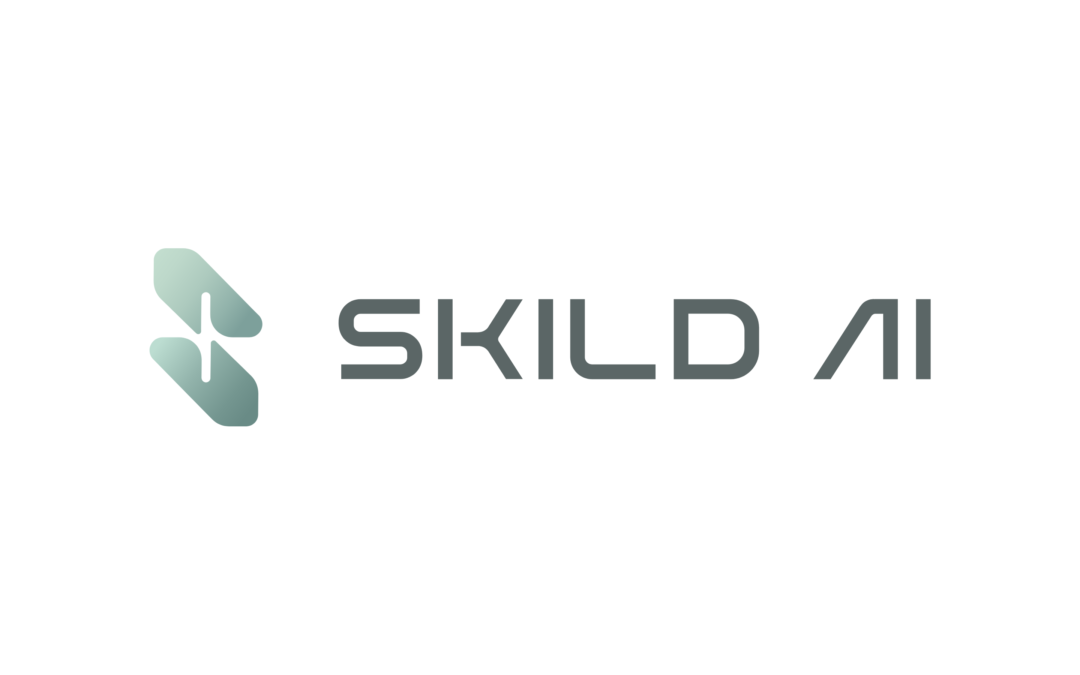
Spotted In The Wild – Skild.Ai
by admin | Jul 14, 2024 | .ai domain name, Ai, robotics, robots, Spotted In The Wild
 Spotted In The Wild features live websites presently using .Ai domain extension
Spotted In The Wild features live websites presently using .Ai domain extension
Skild.ai is a forward-thinking company focused on enhancing productivity and human potential in physical work through advanced intelligent systems. The company’s primary innovation is the Skild Brain, a sophisticated robotics foundation model that mimics human adaptability across various environments and tasks. This model is central to their platforms, which are designed for mobile manipulation and security/inspection, automating tasks such as visual inspections, data collection, and patrolling.
Skild.ai’s mission is to develop general-purpose AI systems grounded in real-world physical applications. This ambitious goal aims to revolutionize sectors including construction, manufacturing, and home environments by integrating high-level AI algorithms to handle complex tasks autonomously.
One of the standout features of Skild.ai is its focus on scalability and versatility. The Skild Brain can be tailored to meet the specific needs of different industries, demonstrating a significant leap forward in the field of robotics. This adaptability ensures that the systems can evolve and improve, maintaining relevance as tasks and environments change.
Additionally, Skild.ai’s platforms are designed to be user-friendly, allowing for easy integration and operation. This user-centric approach reduces the barrier to entry for companies looking to automate their processes, making advanced AI technology accessible to a wider range of businesses.
Skild.ai also emphasizes the importance of safety and reliability. Their systems are built with robust security features to ensure they can be deployed in sensitive environments without compromising data integrity or operational safety. This focus on security is particularly important for industries like construction and manufacturing, where the potential for accidents and data breaches is significant.
Furthermore, Skild.ai is committed to continuous innovation and improvement. By leveraging the latest advancements in AI and robotics, the company aims to stay at the forefront of the industry, offering cutting-edge solutions that drive efficiency and productivity.
In conclusion, Skild.ai is poised to transform physical work through its advanced, adaptable, and scalable intelligent systems. By focusing on real-world applications and user-friendly design, the company is making high-level AI accessible and practical for various industries, paving the way for a more efficient and automated future. For more information, visit Skild.ai. ![]()
Content Summary: ChatGPT I Logo: Respective Website Owners

